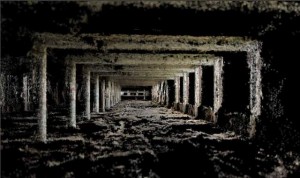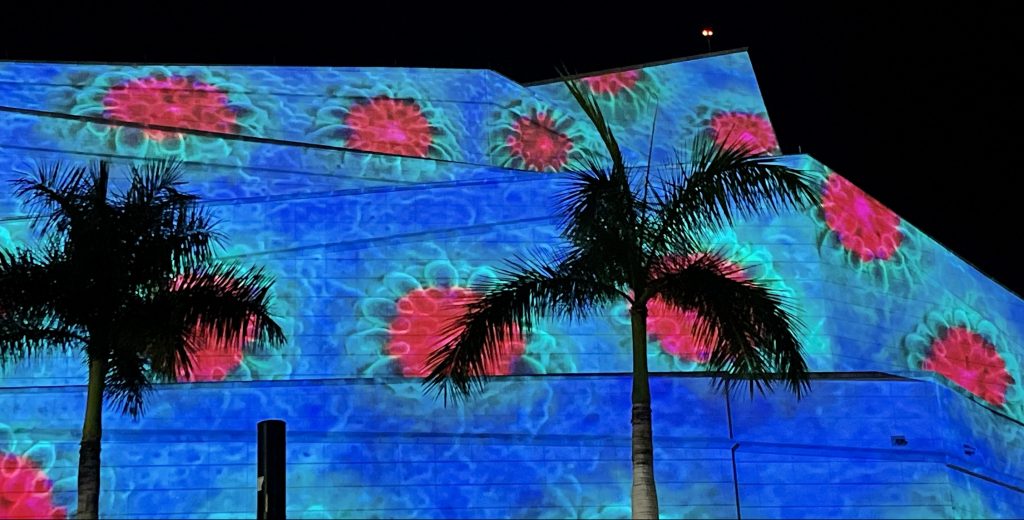
Now playing at DIA: “plant (3D)”
The Packard plant, at one point the most advanced automobile plant in the world, was shuttered and abandoned in 1958, and since then has become one of the more notorious ruins in the country. A vast and sprawling structure, it remains a definitive symbol of Detroit’s economic decline. It has been thoroughly explored and photographed, its blank walls painted by countless graffiti artists —including the world-renowned Banksy — and I personally know of at least one family that foraged the ruins for materials to use in their home’s reconstruction.
The hyper-documentation of Detroit’s abandonment and economic contraction, which has even spawned a new, distasteful phrase — ruin porn — often brings with it an exhaustion and cynicism that borders on despair. It engenders the creation of artificial narratives, with crisp beginnings and endings, and a kind of amateur finger pointing in frantic search of the fall guy — be it capitalism or unions or globalism or auto-industry executives. It is with considerable relief, therefore, I can happily report that “plant (3D)” — a 15-minute film set in the Packard plant, comprised of 10,000 still images and ambient audio taken from within — doesn’t contribute to this worn-through argument, existing instead on its own unique axis, almost entirely disjointed from the many complex entanglements surrounding its subject matter.
Although the film is set in the Packard plant, it is not about the Packard plant. There is no narrative to the film, and no voice-over describing what function and importance these caverns once held for some not-so-ancient race of economic titans. There is no paternalistic elbow nudging, no knowing winks communicating the why of the ruins, no insultingly unrealistic ideas about how to “turn things around.” Instead, the film is “merely” a work of art on an immersive, three-dimensional canvas. Projected on two screens, separate images spin and rotate, coming in and out of focus, while speakers project the sound of cars gunning their engines past the plant, or birds singing, cheerful and unaware.
It is an impressionistic take on the Packard plant, and I’m tempted to say its setting at this particular plant, in this particular city, has no real bearing on the film, though that’s not precisely accurate. The film, however, is beautiful and haunting and disorienting and could almost be based on any building, in any city. It requires no real exegesis and zero understanding of Detroit’s economic history. All it really requires is for the viewer to sit quietly in a dark room and momentarily suppress the universal and natural desire for cold narrative and for simple, pat explanations — this suppression the pre-requisite, perhaps, for engaging with any serious work of art.
Paul Kaiser, one of the digital artists at The OpenEnded Group responsible for the film, will be giving a talk on the making of “plant (3D)” this Saturday, Jan. 28, at 4:30 p.m. in the Marvin and Betty Danto Lecture Hall at DIA, a Knight Arts grantee. The film is free with museum admission and plays continuously starting at 1 p.m. until an hour before the museum’s closing. It is showing through Feb. 5.
A 2D sample of the film is available here: openendedgroup.com.
Detroit Institute of Arts, 5200 Woodward Ave., Detroit, 313-833-7900, dia.org.
Recent Content
-
Artsarticle ·
-
Artsarticle ·
-
Artsarticle ·
